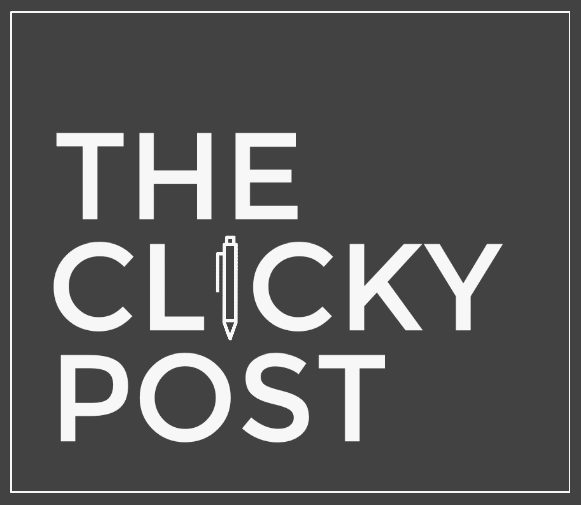I had a wild idea to create a grayscale out of pens for a recent Instagram post and had a few requests for the complete list.
From Left (many with links):
- Montblanc MEISTERSTÜCK Le Grand PT 146 Fountain Pen
- Karas Pen Co Retrakt R-Type
- Karas Pen Co Black Decograph Fountain Pen
- Ateleia Craft & Design Aluminum (Black Anodized)
- Lamy Aion Ballpoint
- BIGiDESIGN Ti Pocket Pro Antique Black
- rOtring 600 Rollerball (Vintage/Discontinued)
- Lamy Noto Ballpoint
- Montblanc M Ultra Black Ballpoint
- Pilot Vanishing Point Matte Black Fountain Pen
- Lamy Unic Ballpoint Matte Black (Vintage/Discontinued)
- Sailor Imperial Black Multipen
- Machine Era Pen Black DLC
- Lamy Safari Charcoal Fountain Pen
- rOtring Newton Lava Ballpoint (Vintage/Discontinued)
- Karas Pen Co Grey Decograph Fountain Pen
- Ti2 Pen
- Urban Survival Gear TiScribe Bolt
- Lamy Unic Ballpoint Titanium Coated (Vintage/Discontinued)
- Lamy 2000 Stainless Steel Ballpoint
- rOtring Jazz Rollerball (Vintage/Discontinued)
- Lamy Dialog 2 Rollerball
- Pilot Custom "White Stripe" Fountain Pen (Vintage/Discontinued)
- Karas Pen Co Render K Tumbled
- Cult Pens Mini Fountain Pen
- rOtring 600 Silver Ballpoint (Vintage/Discontinued)
- BaughBLabs Aluminum Pen
- Karas Pen Co Render K Cerakote White (Prototype)
Hope that helps! Feel free to comment if you have any questions about them.
